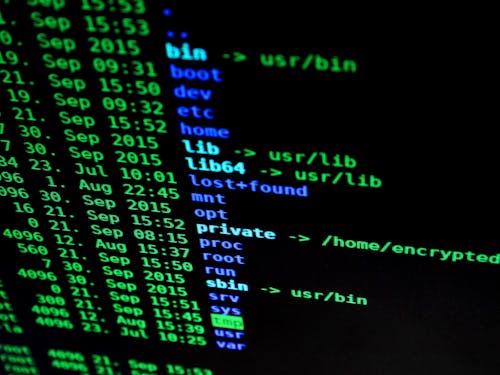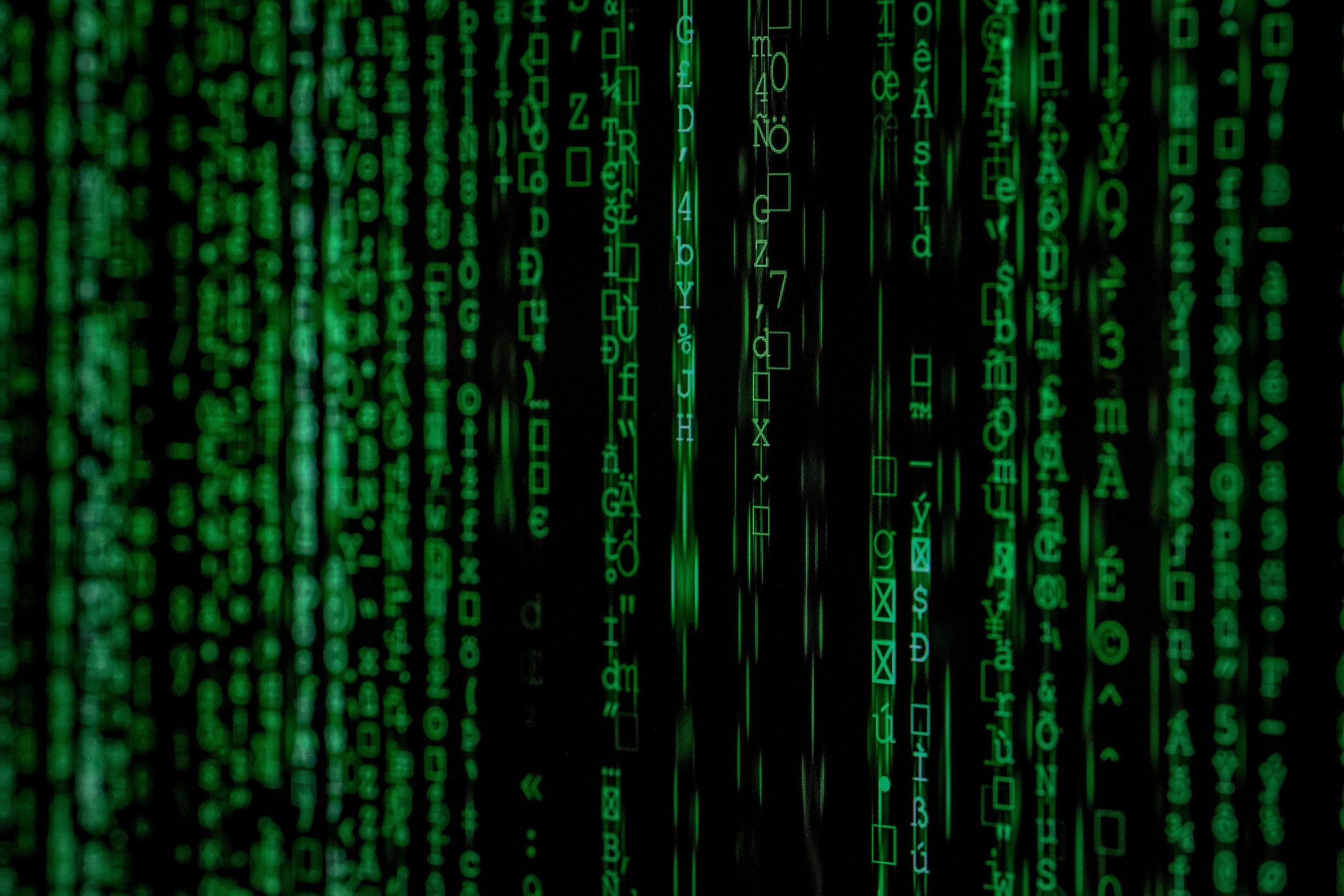The Growing Importance of Cybersecurity in an Increasingly Digital World
As we move further into 2025, the importance of cybersecurity has never been more evident. With the rise of digital technologies, we are more connected than ever, from smart devices and wearable technologies to online banking and social media platforms. Our personal, professional, and financial lives are increasingly stored and managed online, creating new opportunities but also raising significant security concerns.
In this rapidly evolving digital landscape, cyber threats are becoming more sophisticated and pervasive. Cybercriminals are constantly refining their methods to exploit vulnerabilities in systems, while hackers look for new ways to steal sensitive information, disrupt services, or cause financial damage. As the volume of online activities grows, so does the need for advanced and proactive cybersecurity measures. In 2025, staying secure in a hyper-connected world requires a combination of cutting-edge technology, user awareness, and strategic defenses.

The Evolving Threat Landscape
Over the past decade, cyber threats have evolved from simple viruses and malware to highly advanced forms of cyberattacks. Ransomware, data breaches, and phishing schemes are common, but as we approach 2025, we are witnessing the rise of even more complex threats. Artificial intelligence (AI) and machine learning (ML) are being used by both cybercriminals and cybersecurity professionals, leading to the creation of highly efficient, automated attack and defense strategies.
One major concern is the increasing number of attack vectors. In 2025, everything is connected – from refrigerators to cars, medical devices, and even public infrastructure. This interconnectedness creates more opportunities for malicious actors to infiltrate systems. Vulnerabilities in smart home devices, IoT (Internet of Things) networks, and industrial control systems are prime targets for cyberattacks. As these devices become more integral to daily life, they present new security challenges that must be addressed.
Another critical issue is the rise of supply chain attacks, where cybercriminals target third-party vendors or service providers to gain access to larger organizations. These attacks are often harder to detect and can cause widespread disruption, as evidenced by several high-profile breaches in recent years. As organizations increasingly rely on external partners for various services, securing the entire supply chain is becoming a vital part of cybersecurity efforts.
Emerging Technologies in Cybersecurity
In response to the growing complexity of cyber threats, cybersecurity technologies are evolving to keep pace with the challenges of the digital age. Several emerging technologies are expected to play a key role in protecting digital assets and ensuring privacy in 2025:
- Artificial Intelligence and Machine Learning
AI and ML are rapidly transforming cybersecurity by enabling more proactive threat detection and response. These technologies can analyze large volumes of data, recognize patterns, and identify anomalies in real-time, helping to detect potential threats before they escalate. AI-powered tools can also automate repetitive security tasks, allowing security teams to focus on more complex issues.
In addition, AI-driven systems are used to predict and mitigate new forms of cyberattacks by analyzing historical data and learning from past incidents. As these systems become more advanced, they will be crucial in defending against increasingly sophisticated cyber threats.
- Zero Trust Security Model
The traditional perimeter-based security model, which focuses on securing the network’s boundary, is becoming less effective in today’s interconnected world. The Zero Trust Security Model, on the other hand, assumes that no one—whether inside or outside the organization—can be trusted by default. Every access request is verified and authenticated, regardless of the user’s location.

This model relies heavily on identity and access management (IAM) systems, multifactor authentication (MFA), and continuous monitoring to ensure that only authorized users can access sensitive information. The adoption of Zero Trust will be widespread by 2025, particularly in large organizations that handle sensitive data and have a distributed workforce.
- Quantum Computing and Cryptography
Quantum computing is a rapidly advancing technology that has the potential to break current encryption methods. While this poses a significant threat to data security, it also offers a potential solution. Quantum-resistant encryption algorithms are being developed to secure data against future quantum threats. These new cryptographic methods will be necessary to safeguard digital information in a post-quantum world, where traditional encryption techniques may no longer be sufficient.
By 2025, we may see widespread adoption of quantum-safe cryptographic protocols, which will provide stronger encryption and protect against future threats posed by quantum computing.
- Blockchain Technology
Blockchain, the underlying technology behind cryptocurrencies, is gaining traction in cybersecurity due to its decentralized and tamper-resistant nature. Blockchain can be used to secure transactions, authenticate identities, and ensure the integrity of data. By leveraging blockchain technology, businesses and individuals can ensure that data cannot be altered or tampered with, providing an additional layer of security.
In 2025, we are likely to see blockchain integrated into various cybersecurity solutions, including supply chain security, identity verification, and secure online transactions.
Best Practices for Personal Cybersecurity in 2025
While technological advancements are critical in the fight against cyber threats, individuals also need to take responsibility for their personal cybersecurity. By following best practices, users can significantly reduce their risk of becoming victims of cyberattacks:
- Strong Passwords and Multifactor Authentication
Weak passwords are one of the easiest ways for cybercriminals to gain access to accounts. In 2025, relying on simple passwords is no longer acceptable. Users should create strong, unique passwords for each account and use a password manager to keep track of them. Additionally, enabling multifactor authentication (MFA) adds an extra layer of protection, making it more difficult for attackers to access accounts even if they have the password.
- Regular Software Updates
Keeping software and devices up to date is one of the most basic yet effective cybersecurity practices. Software updates often contain patches for security vulnerabilities that could be exploited by hackers. By ensuring that your devices are always running the latest version of their operating system and applications, you can close potential entry points for cybercriminals.
- Be Cautious with Personal Information
In the age of social media and digital connectivity, personal information is increasingly accessible. Cybercriminals often use social engineering tactics to manipulate individuals into revealing sensitive data. It’s essential to be cautious when sharing personal information online, especially on social media platforms. Avoid oversharing details that could be used to guess passwords or answer security questions.
- Using Virtual Private Networks (VPNs)
A Virtual Private Network (VPN) encrypts internet traffic, protecting users from hackers and surveillance. Using a VPN is particularly important when using public Wi-Fi networks, which are often unsecured. In 2025, VPNs will continue to be an essential tool for maintaining privacy and security while browsing the web or conducting online transactions.
The Role of Governments and Organizations in Cybersecurity

Governments and organizations will also play a crucial role in ensuring cybersecurity in 2025. National governments must strengthen regulations and policies to protect citizens and businesses from cyber threats. Cybersecurity laws are becoming more stringent, and countries are implementing frameworks to ensure data protection and privacy.
Organizations, on the other hand, must adopt comprehensive cybersecurity strategies and invest in advanced technologies to defend against evolving threats. Regular cybersecurity training for employees is crucial to mitigate the risks posed by phishing and social engineering attacks. Organizations will need to stay agile, adapting to new threats and ensuring their cybersecurity practices remain relevant.
Conclusion
As we move into 2025, the need for robust cybersecurity measures has never been more pressing. With increasing connectivity and the proliferation of digital technologies, the risks associated with cyber threats are higher than ever. However, advancements in AI, machine learning, blockchain, and other technologies are providing new tools to combat these risks and protect both individuals and organizations. By staying informed, adopting best practices, and leveraging the latest technologies, we can ensure that our digital lives remain secure in a connected world. Cybersecurity in 2025 will be a collaborative effort, requiring the combined efforts of individuals, businesses, and governments to safeguard our digital future.





